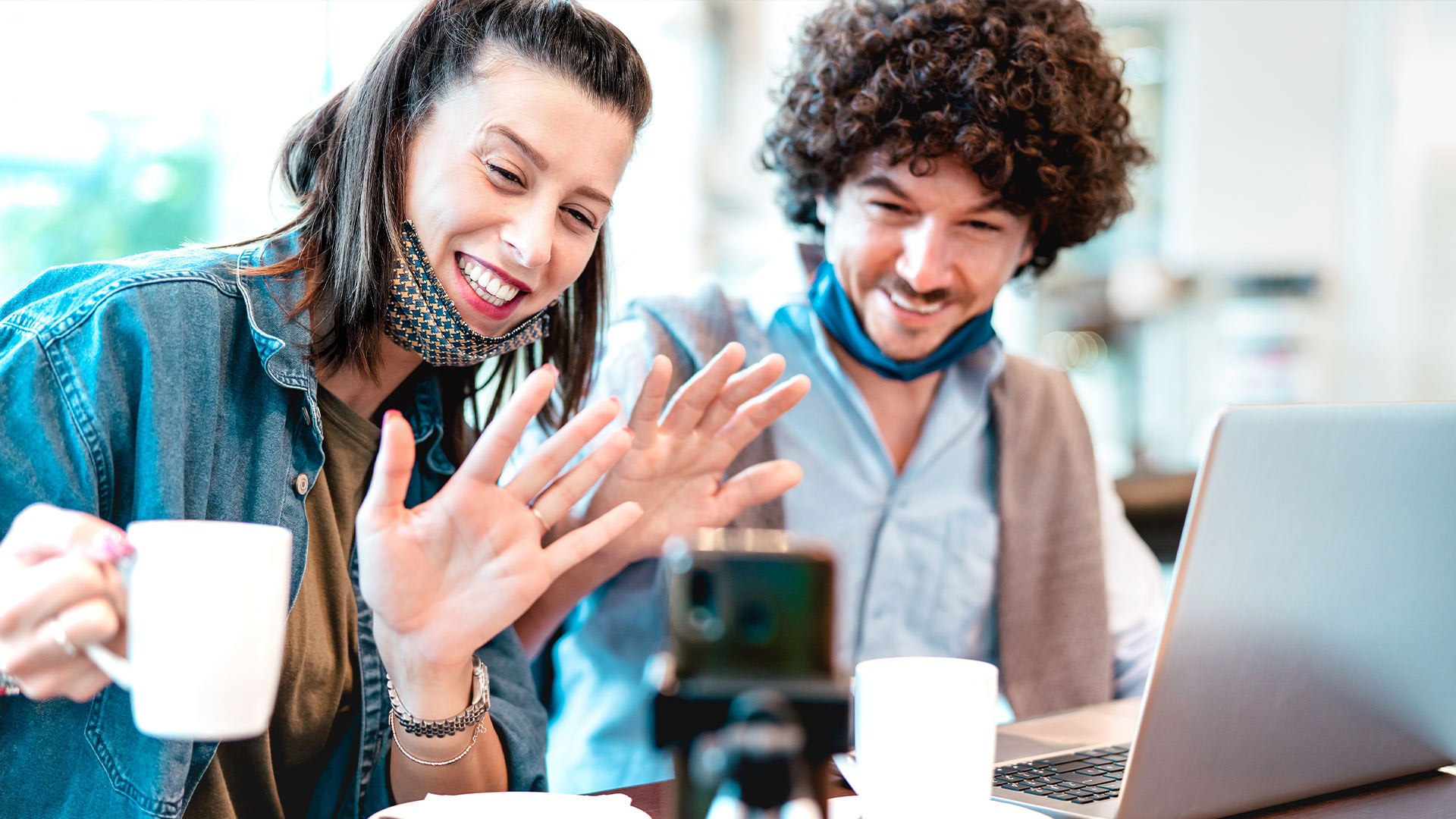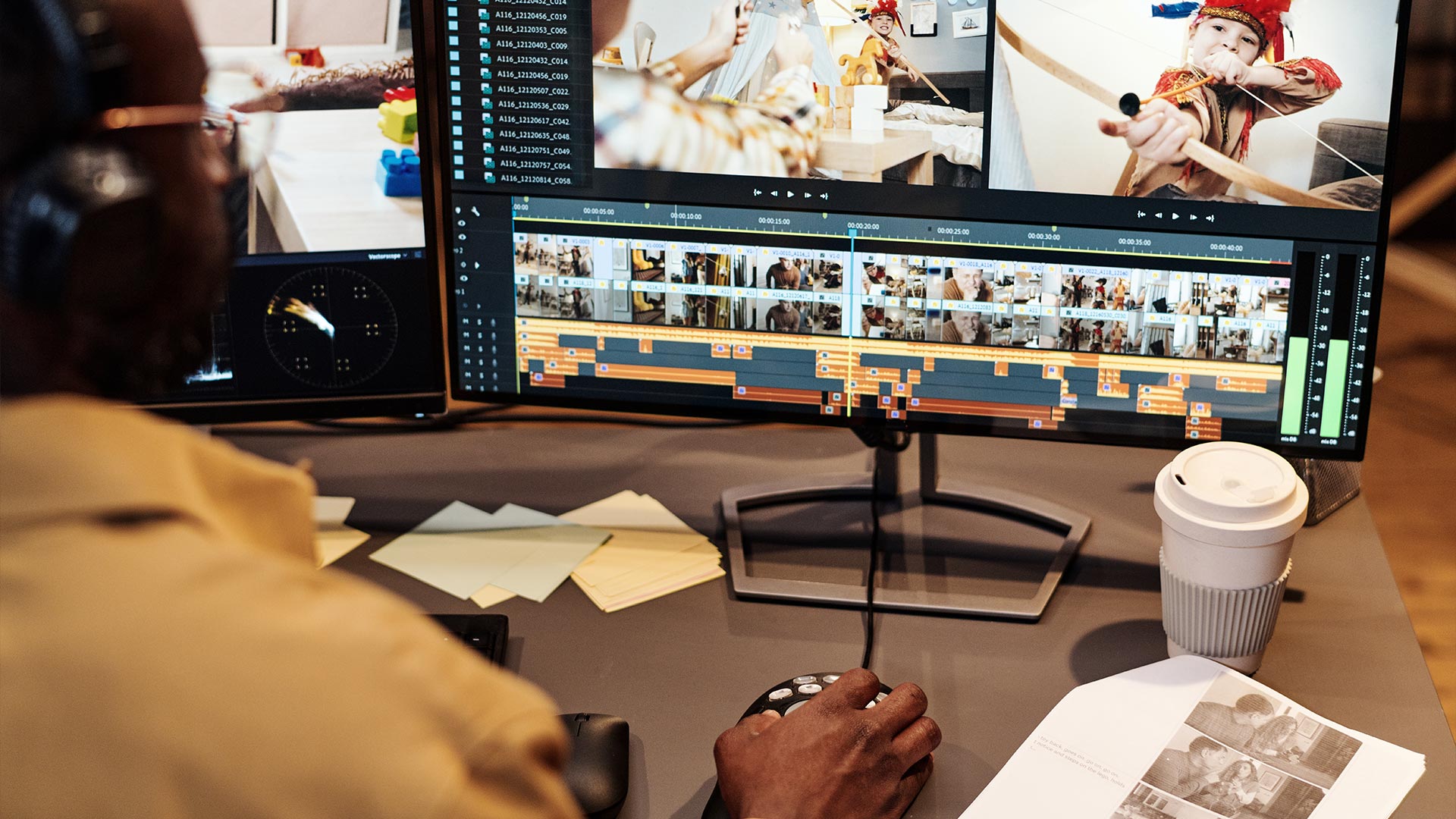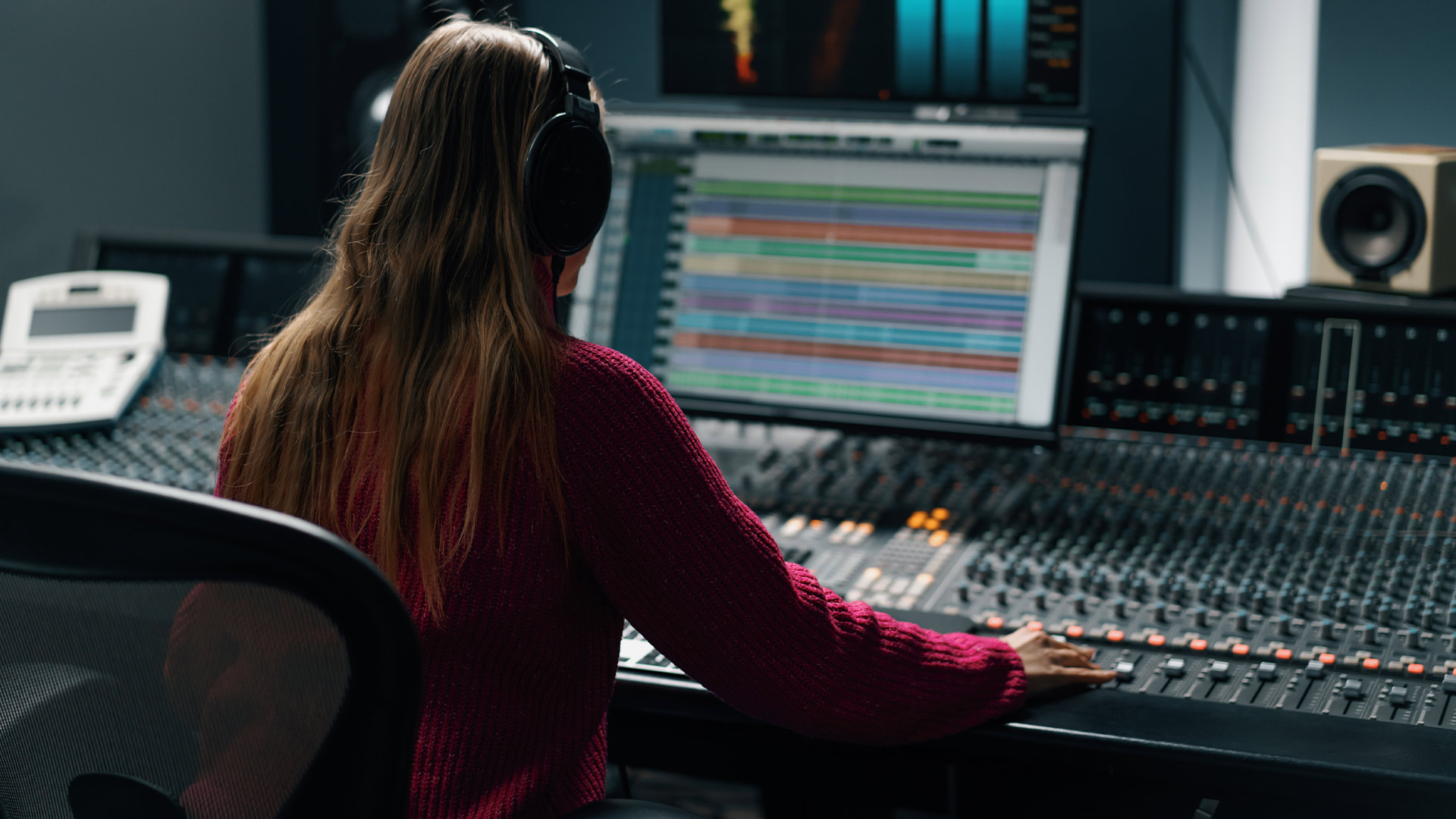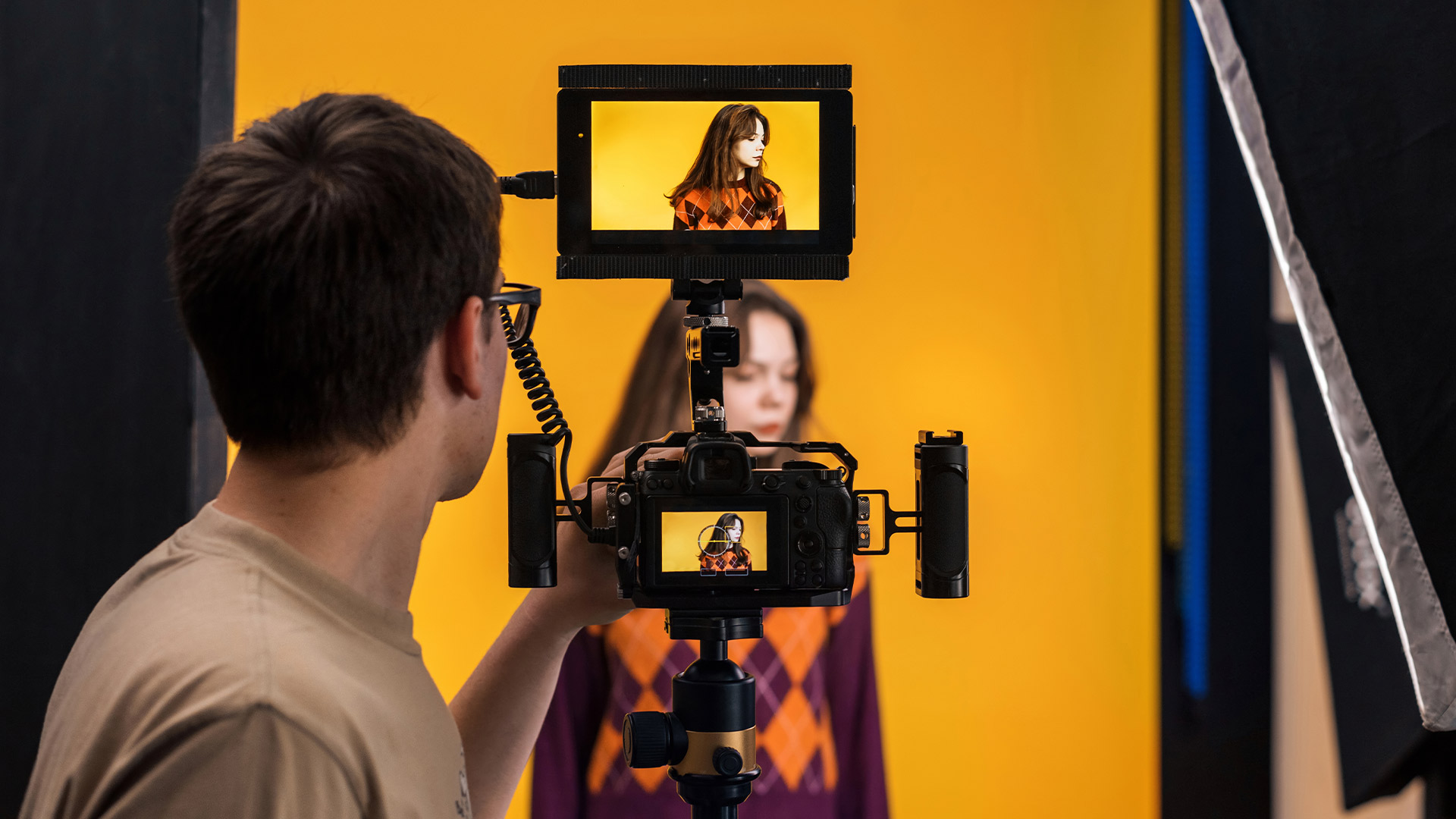Ever wonder why some random 8-second clip gets 20 million views, while your carefully edited masterpiece barely gets seen? Yeah, same. Turns out, viral videos aren’t just luck. There’s real psychology behind what makes us click, watch, share, and rewatch again.
Once you understand how people’s brains react to content, you can start building videos that hit different—even if you’re not dancing or dropping hot takes.
Let’s unpack the brainy side of virality, minus the science class vibe.
Curiosity Is a Click Magnet
Humans hate unfinished stories. Like, genuinely hate them. That’s why cliffhangers keep us glued to Netflix and why we’ll watch a video that starts with “Wait for it…”
Good creators know how to dangle just enough to make you need to stick around. They open with tension, not answers. They show the “after” before the “before.” They ask weird questions with no context—on purpose.
Examples that pull people in:
- “What happens when you microwave a lemon for 60 seconds?”
- “This is what I found in my ceiling—seriously.”
- “He walked into the room and froze. Watch what he saw.”
If your video instantly sparks a question in the viewer’s mind, they’ll probably stay to get the answer. Curiosity is powerful like that.
Emotion > Information
Sure, people love learning stuff—but what really makes content fly is feeling. Doesn’t matter if it’s funny, shocking, wholesome, or chaotic. If it feels something, it spreads.
Think about it:
- That dog rescue video? Tears.
- That guy face-planting into a cake? Laughter.
- That woman screaming after seeing her new kitchen? Joy.
You don’t need Oscar-level drama. A real laugh, an honest freakout, or even a heartfelt moment of awkwardness can hit harder than any perfect tutorial.
If people feel, they’ll comment, share, or rewatch. That’s the secret sauce.
The Brain Loves Patterns and Disruption
We’re wired to look for patterns—faces, symmetry, routines. It makes us feel safe. But when something suddenly breaks the pattern? Boom. Attention spike.
That’s why jump cuts, fast edits, and unexpected sound effects work so well in short-form video. You lull the brain into a rhythm, then snap it out of it. Like:
- Repeating a motion, then doing something totally absurd
- Showing five similar clips, then one weirdly different one
- Using sound or music that suddenly changes tempo
Disruptions keep us alert. And alert people don’t scroll away.
Novelty Lights Up the Brain
The brain’s reward center loves “new.” Anything slightly unfamiliar, weird, or surprising triggers a little dopamine buzz. That’s why “hacks,” odd combos, and “I’ve never seen this before” content does so well.
So:
- Stack pancakes with paint colors? Weird, but I’m watching.
- Put peanut butter in spaghetti? Gross, but I’m curious.
- Use a leaf blower to clean your keyboard? Alright, I’m invested.
Novel doesn’t have to mean extreme. It just needs to feel fresh enough to make people stop and go, “Wait—what?”
Mirror Neurons Make Us React to Other People
Here’s a sneaky psychological trick: when people see someone reacting, their brains start mirroring that emotion.
That’s why reaction videos still blow up, years after we thought they were done. When someone laughs, gasps, cringes, or freaks out—it makes us feel that way, too.
So:
- Show your actual reaction to something weird, gross, or awesome
- Use side-by-side reaction clips if you’re dueting
- Don’t be afraid to be expressive—even if it feels silly
Blank faces don’t go viral. Big reactions do.
Attention Span is Short—But Not Gone
People love to say attention spans are dead. But that’s not quite true. It’s just that people make decisions faster.
Your video needs to earn the next second—every second.
Tips to help with that:
- Cut the first 2 seconds down to the hook only
- Change visuals or angles every few seconds, even subtly
- Keep the pacing tight, but not frantic
- Build mini-moments of payoff throughout—not just at the end
You’re not making a movie trailer. You’re making a tiny rollercoaster.
Loops Hack the Brain’s Desire to Finish Things
Ever watched a video that seamlessly loops, and you don’t even realize you watched it twice? That’s not a glitch. It’s strategy.
If your video ends the way it starts—visually, musically, or thematically—viewers are more likely to stick around for another go. And TikTok? It eats that up.
Ideas that work:
- Start and end on the same phrase or sound
- Use circular actions (e.g. pour–cut–pour again)
- Rewind effects, mirrored shots, or repeat edits
Looped views boost retention, which boosts distribution. More brains tricked = more reach.
People Watch for Themselves, Not for You
Here’s a tough pill: viewers don’t care about your process—they care about their payoff. Even when you’re the focus, they’re really asking, “What do I get from this?”
So frame your video in their interest:
- Instead of “I organized my fridge,” say “Here’s how I found room for 20 meals in a tiny fridge.”
- Instead of “My painting progress,” say “This took 4 hours—was it worth it?”
- Instead of “My skincare routine,” say “What fixed my breakouts after 10 years of failing.”
Speak their language. Answer their questions. When people see themselves in your video, they’re way more likely to stick around.
Rewatchability > Perfection
Some creators spend days making the most polished video ever… and it flops. Others film a one-shot, slightly chaotic clip… and it loops its way to a million views.
Why? Because rewatchability beats perfection.
What makes people rewatch:
- Fast pacing that reveals more on the second pass
- Unexpected twists or background details
- Transitions timed to the beat
- Endings that flow back into the beginning
If a viewer says “Wait—play that again,” congrats. You just hacked the algorithm with psychology.




